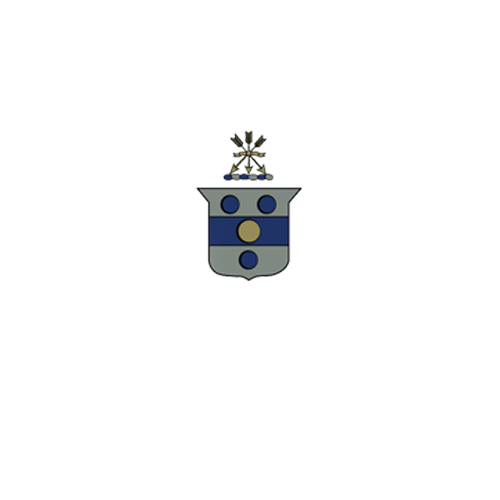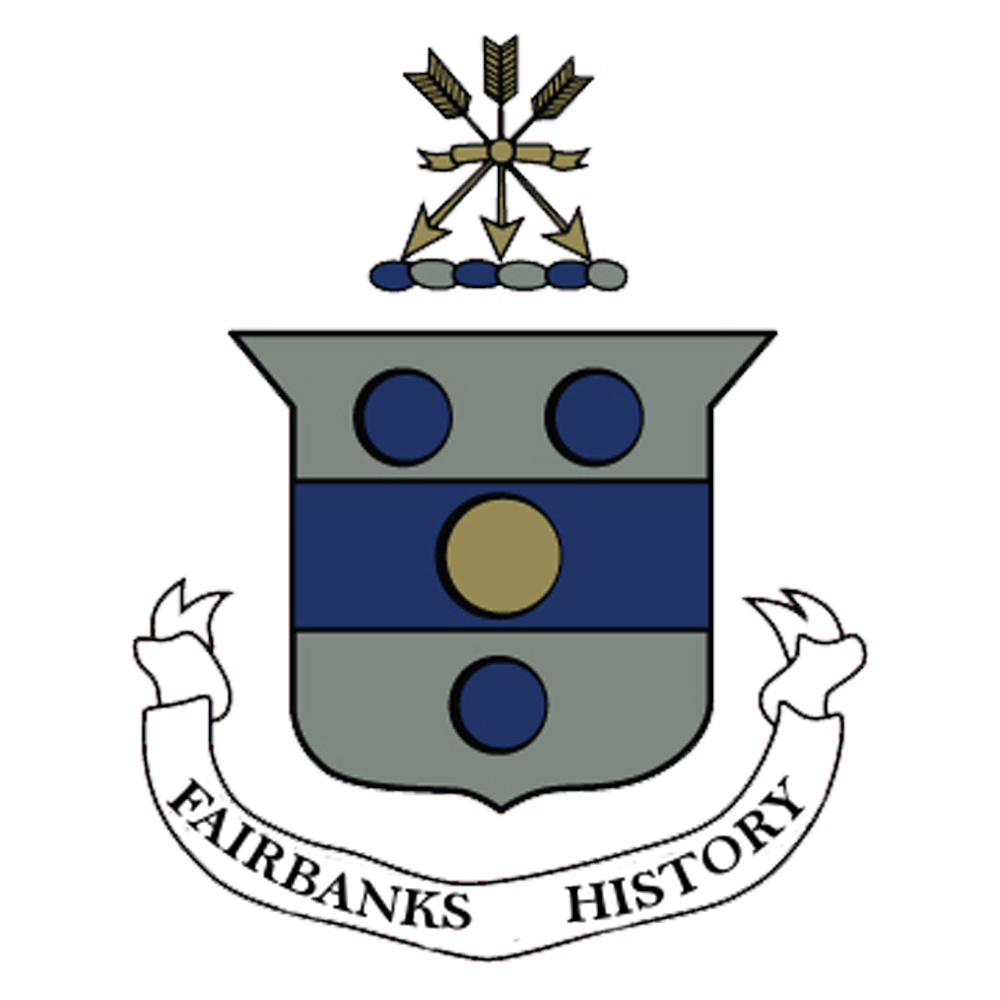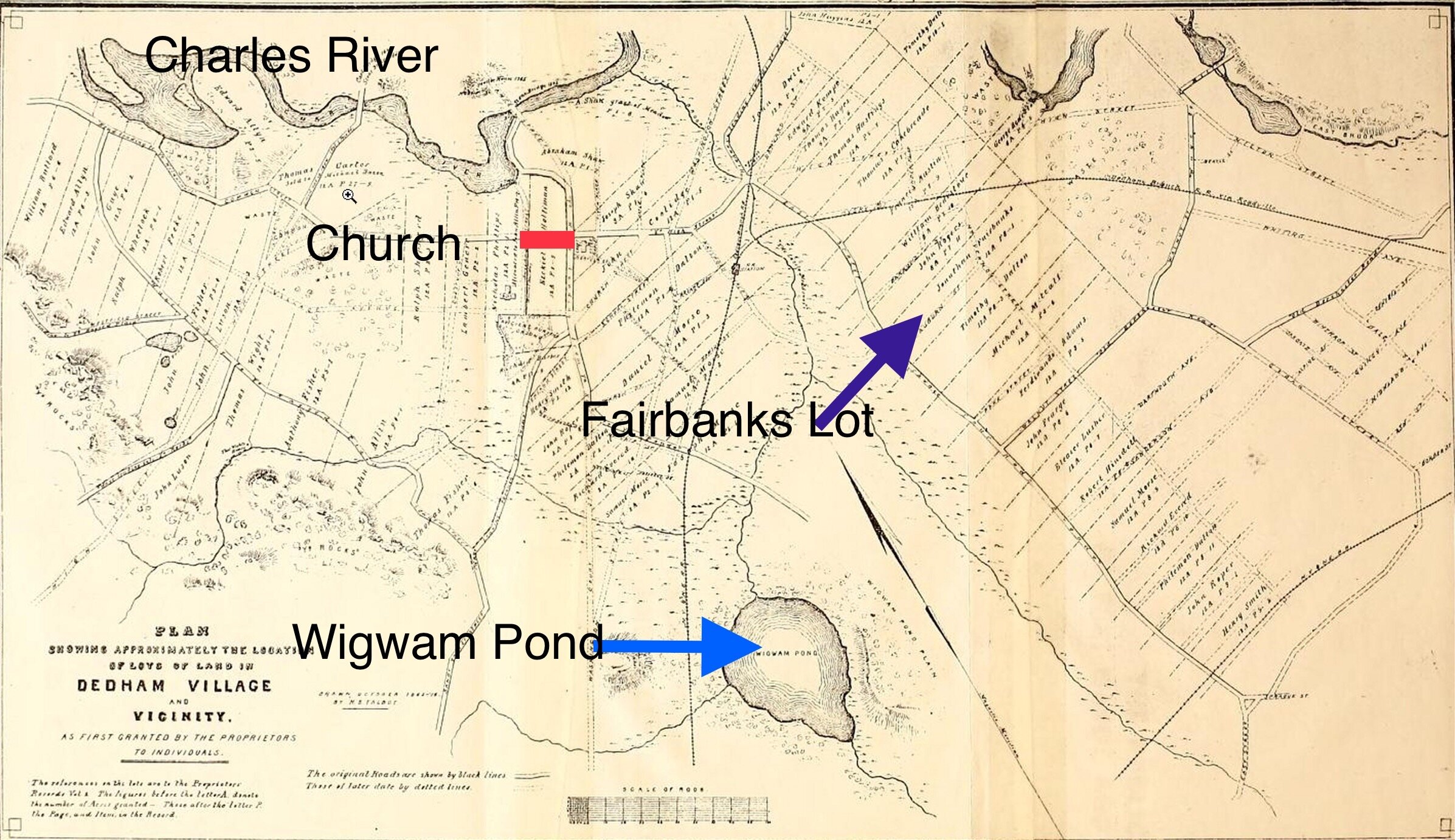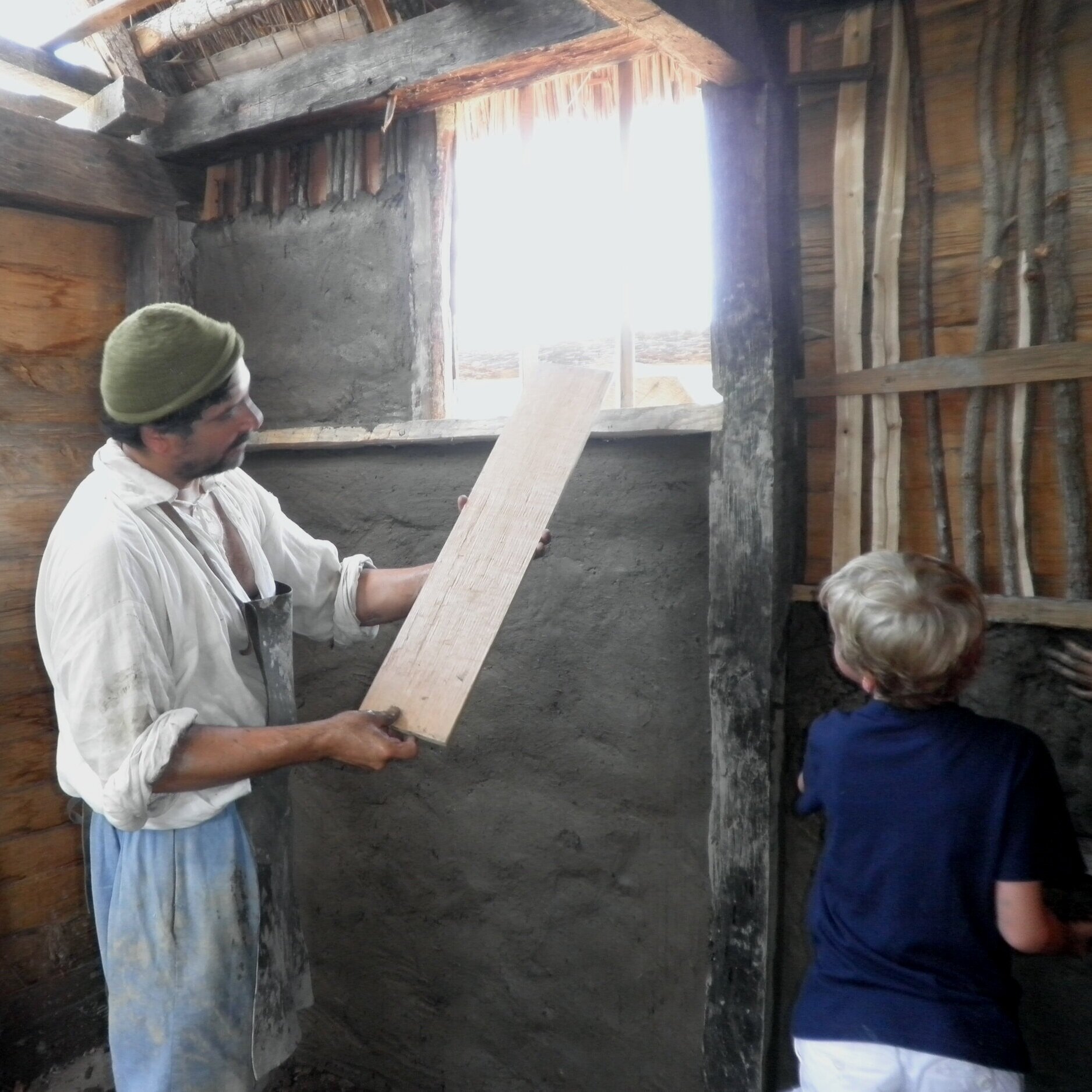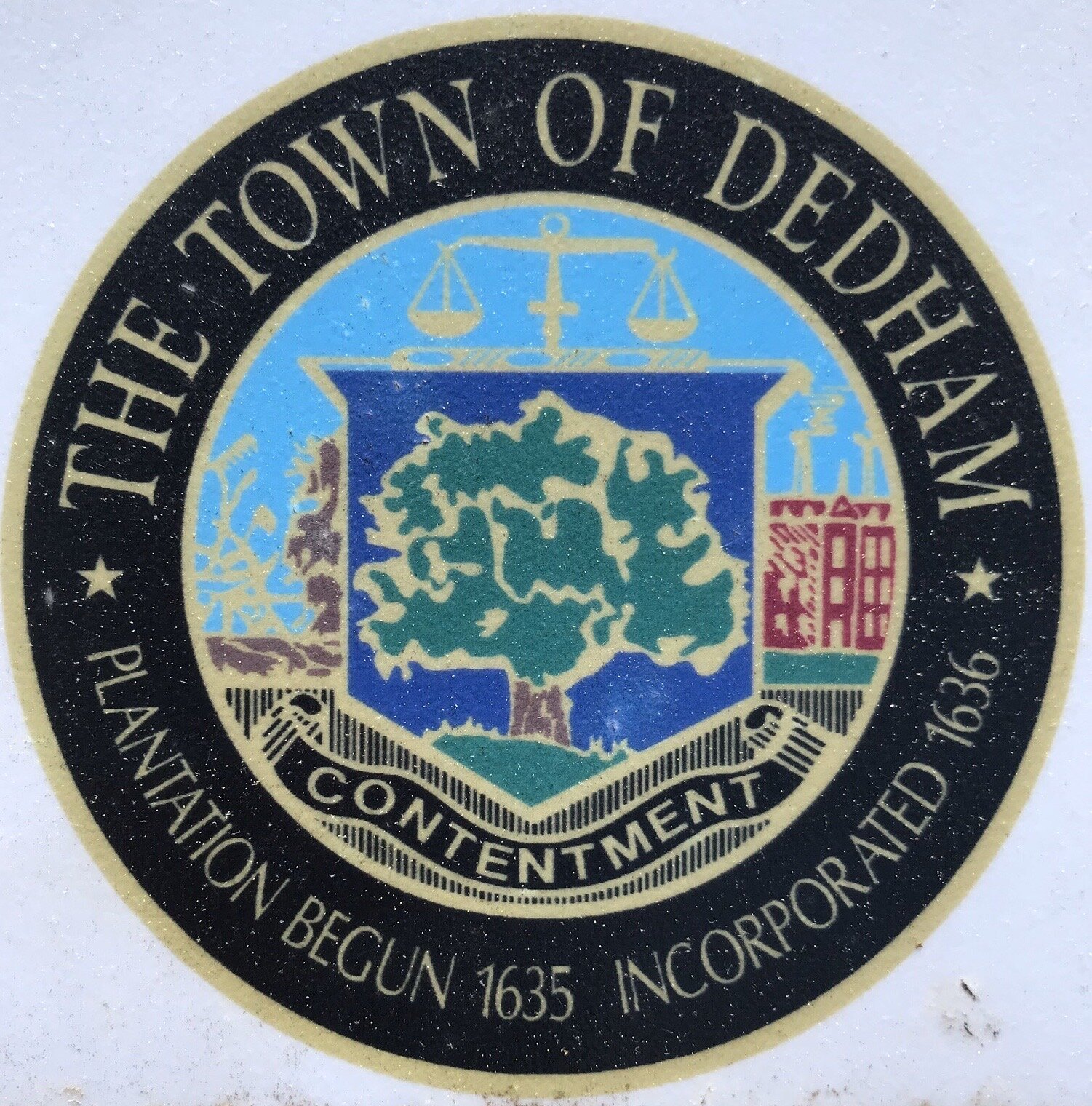Dedham, Massachusetts Town Records for Jonathan Fairbanks: Part I 1636-1641
Dedham, MA Town Records
for Jonathan Fairbanks
Example of Settling the Massachusetts Bay Colony
Dedham, Massachusetts is fortunate to have one of the most complete records of the early New England towns. Its founder knew the value of concise records. It was started before the town was settled and protected from fire, loss, or other damage. Town records tell us about the people, their beliefs, their troubles, and their accomplishments during the time they settled a successful lasting town in the New World.
In this blog, I use the Dedham town records to explore the actions and participation of Jonathan Fairbanks as an example of the many common men who did uncommon things to settle the land unknown to them in the newly developing Massachusetts Bay Colony in the 1600’s.
Dedham Grant 1636/37
Massachusetts Bay Colony (MBC) General Court in September 1635 granted land that the Colony believed they purchased from Indigenous Sachem Chikkatabuk of the Neponset band of the Massachusetts tribe and Sachem John of Mystick.
The coastal towns were becoming over full due to the Great Migration from England which lasted until from 1628 to about 1638, lingering until 1640. In 1635, two inland towns were granted on the same day, Musketaquid (Concord) and Tiat (Contentment or Dedham). Shortly after, Sudbury, known as the grazing area for Watertown, was founded as a town.
The town fathers of Dedham started structuring their covenant and laws even before they started working their land. These educated Puritan men, mainly of Watertown, shared the same ideals. They bonded together to create a utopia in which life would be based on “love.”
Perhaps they followed the example of Governor John Winthrop, Sr. who headed the Massachusetts Bay Colony (MBC) movement and declared it would be a “City Upon a Hill” as a precedent for all the world of how to live honoring God.
After the first grant in 1635, the twelve men that invested in the new inland town, which they wanted to call Contentment, started recruiting others who shared the vision and would uphold the ideals set forth. The early proprietors were asked to bring in candidates to be vetted by all who had been accepted and had signed the covenant. This was not without risk to the sponsor. The reputation and the privileges of the sponsor were judged by the potential members they recruited.
In September of 1636, there was enough interest in Dedham that a larger contingency of men (about 22) petitioned the MBC General Court for more land. It was granted.
By August 1636, the first house lots had been laid out and divided among the earliest founders. A few of the new Dedham proprietors had gone to the remote new land to start the settlement. More remained in Watertown or Roxbury, where most of the founders settled when they first arrived in New England. More followed after the winter in the spring of 1636/37.
Town Records and Jonathan Fairbanks
Settling the Land and Building a House
Until more land could be surveyed and laid out, only the settlers who had already signed the Covenant were accepted. Jonathan Fairbanks was the first name on the list for the second allotments of land in Dedham. On March 23, 1636/37., at age forty-three years, Jonathan Fairbanks was presented by John Dwight at the first town meeting held on the land where the village of Dedham was founded on the Charles River, south and west of Watertown and Boston.
John Dwight, a man significantly involved in the ordering and founding of the new town, sponsored Jonathan Fairbanks because of what he saw in the character and nature of Goodman Fairbanks. By presenting Fairbanks, Dwight risked his own reputation and privileges in the town. All the proprietors present at the meeting could question Fairbanks. If any found him unsuitable, whether from his past in England or his potential in New England, Jonathan would be rejected. Fairbank was accepted and signed the town covenant, not only for himself, but for his family, servants, and his heirs.
At the same meeting, Fairbanks was immediately given a task to procure wood for building a pig house on the Great Island for the town’s use. Two others assisted in getting the supplies, Samuel Morse and William Bearstow. Lambert Genery was paid to build the shed.
It was the end of March, Jonathan, like the others, was busy enough clearing his land, preparing and building a house, and putting in gardens and crops to sustain his family for the next year in this remote area. The town had already mandated that any new proprietor must inhabit their dwelling by November 1637.
Perhaps Jonathan was privy to his twelve acre home lot and four acres of swamp that he would be granted before March 27th. If so, he may have started felling lumber as a clearing and building material for the house. On the Fairbanks House, on the chimney there are numerals 1636. However, the dendrochronology data (tree ring dating) indicates that the summer beam or main support dated to 1637.
I often wonder if the change from the Julian to Georgian calendars is responsible for the discrepancy. When Fairbanks joined the town, January, February, and most of March were considered 1636 with the first day of the new year being approximately March 25th by the Julian calendar. Much later, using the Georgian calendar, those months were considered 1637 and the first day of the new year was set on the first day of January.
If Jonathan and his boys and indentured servant, Samuel Bullen, didn’t have enough to do, the family accepted another four acres of swamp land to clear. As an indentured servant, Samuel, could not own land and was the responsibility of Fairbanks until his indenture was complete. Samuel Bullen eventually became a proprietor in Dedham.
In 1637, the winter came early and hard. The Fairbanks family was not accustomed to harsh winters in England. By November 1637, they had to move in to their new house whether it was finished or not, according to the Dedham laws.
Waddle and Daube was the preferred insulation of the 1600’s. The Fairbanks House has some of the oldest original waddle and daub still found intact in North America or England
The chimney was the first priority of the structure built. Some or all of the rooms could have been completed. No doubt the roof was thatched from the harvest of the grasses/straw from the meadows.
However, there is no way to know if the clapboards (overlapping long boards) or insulation had been applied to the house for added protection against the cold. Perhaps they put up the framework for their insulation. This was vertical willows stuck into the ground and woven with smaller more pliable willow called waddle. This held a clay-straw mixture called daub. Either of these could have been applied from inside the house.
Until a freeze, the women and younger boys probably mixed the daub (mud and clay mixed with straw to slather in the woven willows) outdoors. But if the winter came early as the records say, they might have made mounds of daub inside the house on a dirt floor to fill the cracks and insulation structure from within.
Fairbanks helps to Build the Town
Five months later (August 1637) Jonathan Fairbanks, Mr. Dalton, Mr. Shaw, and Samuel Morse were ordered to “view and estimate the making of a causeway and bridge over the Little River.” These three men and many others who received land in the second allotments lived on the east side of the Little (Dwight) River that separated them from the main village. The foot bridge would make it easier for them to gather with the rest of the settlers. In total, there were thirty families in Dedham at that time.
In September of 1638, Jonathan and John Dwight were assigned to head the workmen to make the causeway at the Little River. The bridge had already been built. These two men not only supervised the other men, but judged the value of each man’s daily work and kept an account of it. If a man brought oxen to help with the work, he was judged more valuable.
On June 23, 1640, John Fairbanks, Jonathan’s oldest son, was thinking of marriage. All of the other children were home and filled the parlor chamber upstairs. There was little room for John to bring home a wife. He planned ahead by asking for six acres at the east end of his father’s lot. He remained close enough to his father’s land to help with the family farm. Six months later John married Sarah Fisk from Dedham, January 1640/41.
Building a Herd
May 1638, Jonathan and Mr. Timothy Dalton, Edward Alleyn, Abraham Shaw, Thomas Wight, Samuel Morse, and John Hayward were appointed to survey lands for meadows that adjoined the granted lots. This would be the first personal pasture area needed for animals that supplied meat, milk, labor, and transportation.
Many of the pasture areas of Dedham and other new New England towns were common grazing areas for livestock of the townsmen. They were sometimes a distance from their homes. These would require herdsmen to tend the numerous animals.
Jonathan and the above named men were also to lay out plow land. Again these were usually common fields. The town told the farmers what they would plant on each portion. The town also designated a deadline for harvesting the crop so the animals could be grazed on the stubble after the harvest.
Building on a Governing System
To this point, Dedham continued to have all proprietors attend the meetings to make decisions. May 17 1639, at the town meeting, it was decided that it took too long to get town business done with all proprietors attending, some coming late, some absent. Everyone had an unprejudiced opportunity to speak during the meetings, delaying any actions. At this May meeting, it was decided that seven men would be elected every year to order the general business of the town.
These men were called slectmen. The first selectmen were Edward Alleyn, John Kingsbury, John Luson, Eleazur Lusher, John Dwight, Robert Hinsdall and John Bachelor. It should be noted that one of the only separations of church and state was that the minister could not be a selectman.
There were a few areas that the Selectmen were not allowed to act upon. These included voting on the town offices and committees for the next year, accepting new members into town, and dividing new parcels of land.
All town proprietors were required to attend the annual town meetings which were usually held early in January. The above items of business denied the selectmen were voted on by the proprietors placing a kernel of wheat for yes and a kernel of corn for no into a hat or receptacle.
The first selectmen were regularly voted on annually, but most remained in office many years. Jonathan Fairbanks was never elected a selectman. Some may think this was because he did not join church, thus could not hold office. However, town men were allowed to be officers in their own town, even if they did not belong to church. They just couldn’t hold Colony offices or vote in Colony affairs until the requirement for church membership was lifted.
Building a Grist Mill
Another project was started by the town in March 23, 1639. They found they could both drain land for better usage and create an adequate flow to support a water-driven mill by creating a ditch or channel between the Charles River and the nearby Neponset River. It was approved and begun in the spring. This canal became known as Mother Brook, and is the oldest man-made canal in North America.
April 1, 1639, the town called out to all its proprietors asking for anyone who would like to build and run a corn mill. Abraham Shaw had been given those rights, but died before he could build the mill. There were no takers for the task.
The whole town had been working on the Ditch or Mother Brook in preparation of a water-powered grist mill since 1639. Since no Dedham resident had taken the responsibility of building the mill, John Elderkin of Lynn, MBC, was invited into town and given land to erect the mill.
The first water ran through the Ditch on July 4, 1641. The same time, Jonathan Fairbanks, John Dwight, and Francis Chickering were appointed as a committee to determine a point and lay out a cart way to the water mill. They were also to consider a foot path. Their task required them to confiscate granted land for the right of way for the cart way and foot path. The men were given power to satisfy the damages caused by these routes to the mill through other men’s land. Jonathan knew what it was like to have his property disrupted by roadways. He received one acre on the Low Plains in exchange for his land bordering the highway from Dedham to Dorchester mill. The Low Plains was near the mill area.
Summary
What We Learn About Fairbanks from the Dedham Town Records
Jonathan Fairbanks and his family probably came to Watertown before November 1636 when he put his name on the list for the second allotments in the new town of Dedham. There were other options for the Fairbanks family at that time. A new town was being settled in the Connecticut River Valley, in Concord, and soon in Sudbury. Perhaps he was a person who thought deeply and deliberately before he made decisions.
Fairbanks chose to settle with educated, Puritan men who were idealistic about creating a utopian society based on “love.” Jonathan must have harbored the same values. Jonathan represented and took responsibility, not only for himself, but his family, his heirs, and his servants.
Jonathan was recruited by one of the most influential and wealthiest early proprietors of Dedham, John Dwight. John Dwight, a respected member of the community, was elected as a Selectman for sixteen years.
Although Jonathan did not aspire to order the town affairs as an officer, we see he was frequently given responsibilities which showed he was educated, trusted, reliable, and respected. When land was allotted based upon contributions to the town, he was given a generous acreage.
Starting with John, his first son, it appears that Fairbanks wished to keep his family around him. This was possibly for the joint work effort or perhaps a strong sense of family. In subsequent blogs we will see that the other children remained in Dedham (or satellite towns) during Jonathan’s lifetime and beyond. The one that left town went to help one of Jonathan’s friends, John Prescott, found another town and to marry his daughter.
We will explore this and the Dedham Town Records for the remaining years of Jonathan’s life to his death in 1668 in the future.
Coming Up
The Puritans and all people of the 1600’s lived harboring superstitions and fears. Next month, October, we will divert to a more general topic for the season. In the twenty-first century, we enjoy the commercial Halloween. Let’s look at some of the superstitions, fears, and ways the Colonial people dealt with them in the seventeenth century.
